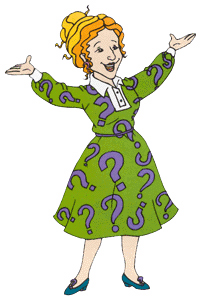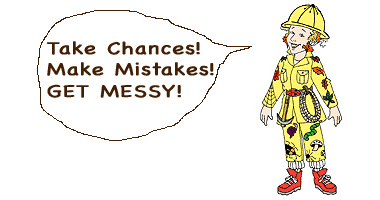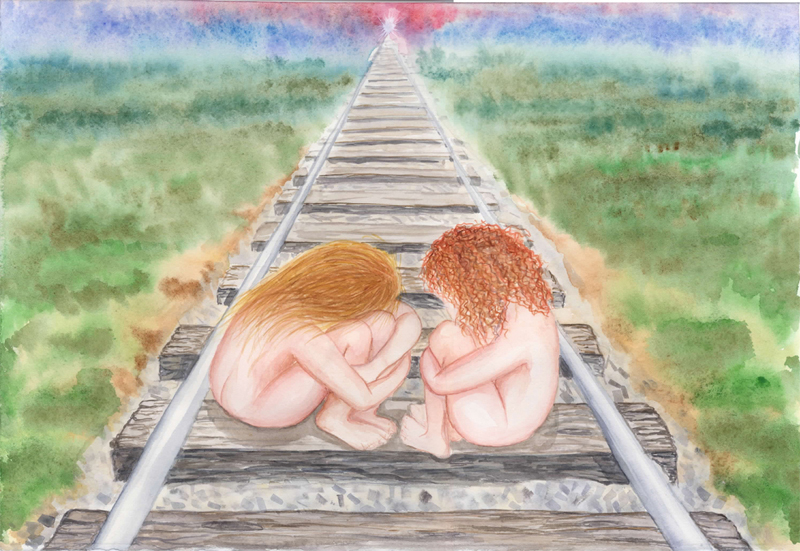
the ancient symbol of a circle, cycling, floats over the text.
Am not sure if I’ve cried at one single painting, except a few of my own. Have scared myself with my own.

Recall being teary with gratitude, well, and beauty too when sitting amidst the beloved impressionists at Jeu du Paume.
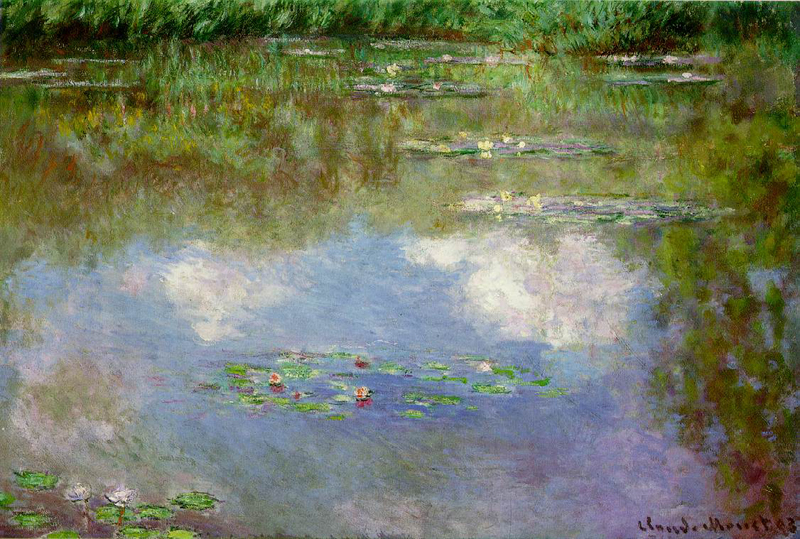
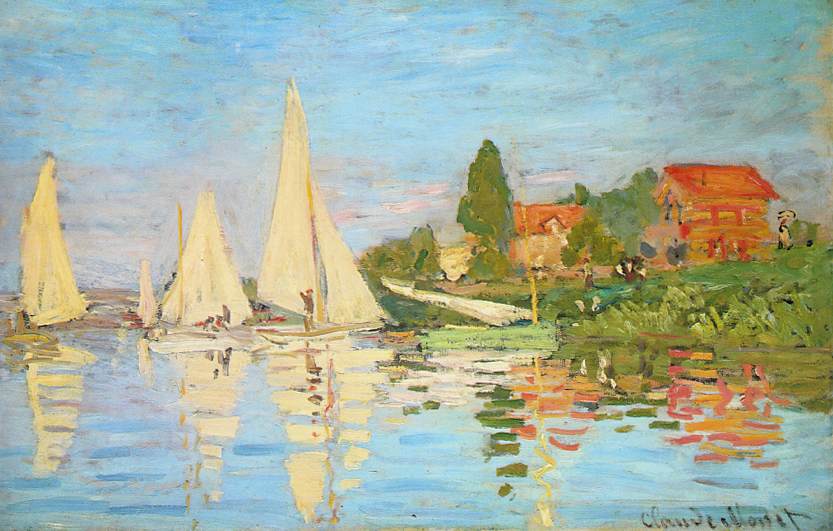

“James Elkins, his academic laces untied, traces a mysterious evocation and an utterly convincing parallel between two spirits grounded in the earth—alchemy and painting. The author is an alchemist of ideas, anda painter. His openness to the love of quicksilver and sulfur, to putrefying animal excretion, and his expertise in imprimaturas, his feeling for the mysteries of the brushstroke— all of these allow him to concoct a heady elixir.” Roald Hoffmann, Chemist, Nobelist
“In alchemy as in painting, there are people who prefer to live antiseptically and think about work instead of laboring over it. In alchemy, those are the “spiritual” or “meditative” alchemists, the ones who read about alchemy and ponder its meaning but try not to go near a laboratory. And in painting they are the critics and art historians who rarely venture close enough to a studio to feel the pull of paint on their fingers. Perhaps because they are uncomfortable with paint, are historians prefer meanings that are not intimately dependent on the ways paintings were made.
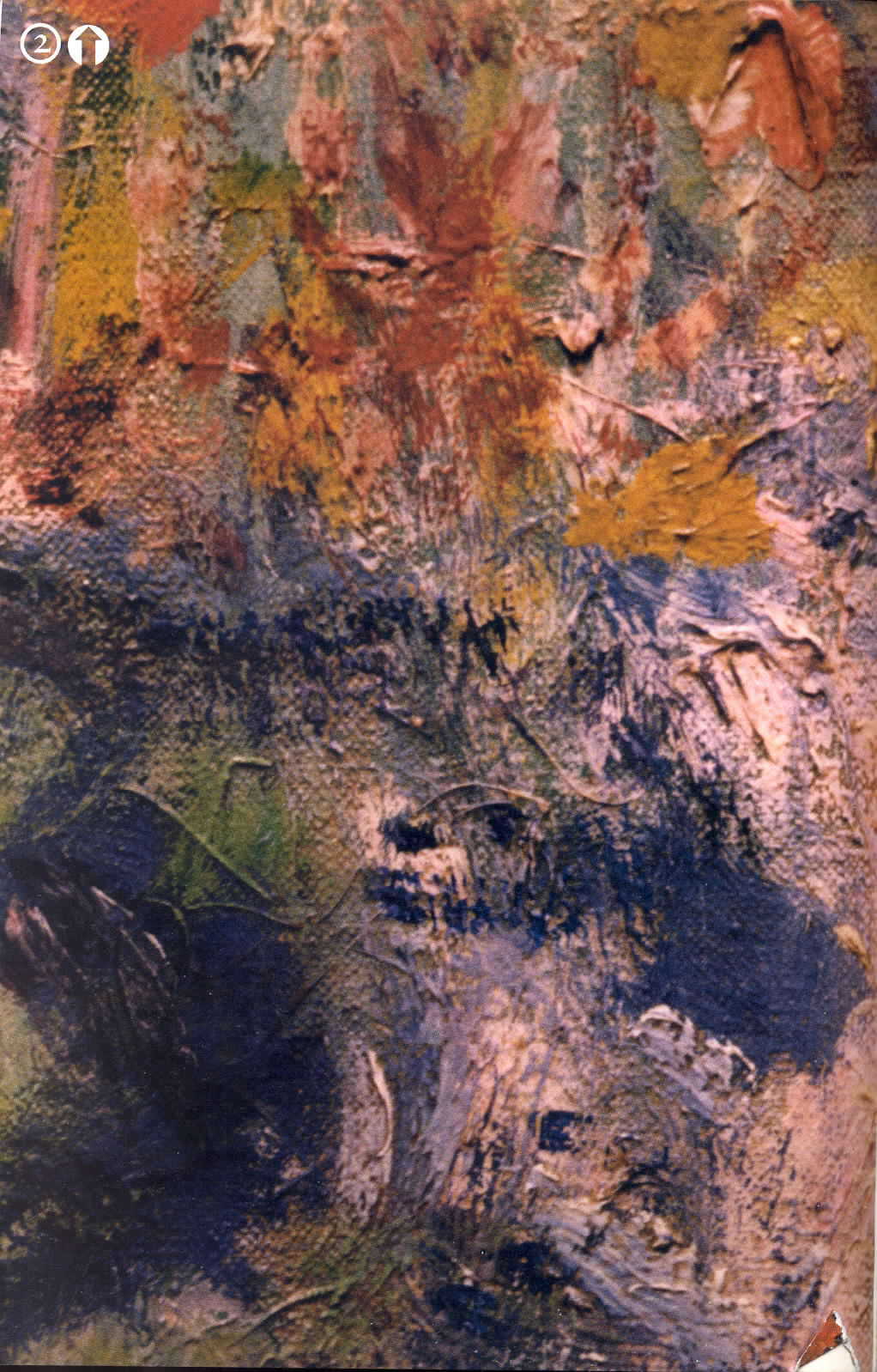
“Painting is alchemy”
Why this odd comparison of painting to alchemy? First, it’s not odd at
all: many artists were alchemists.
Elkins says” This is where alchemy can help because it is the most developed
language for thinking in substances and processes….it is an encounter
with the substances in the world around us, an encounter not
veiled by science.” ”The
moral I take from this is that neither alchemy nor painting is done with clean
hands.”
no clean hands
